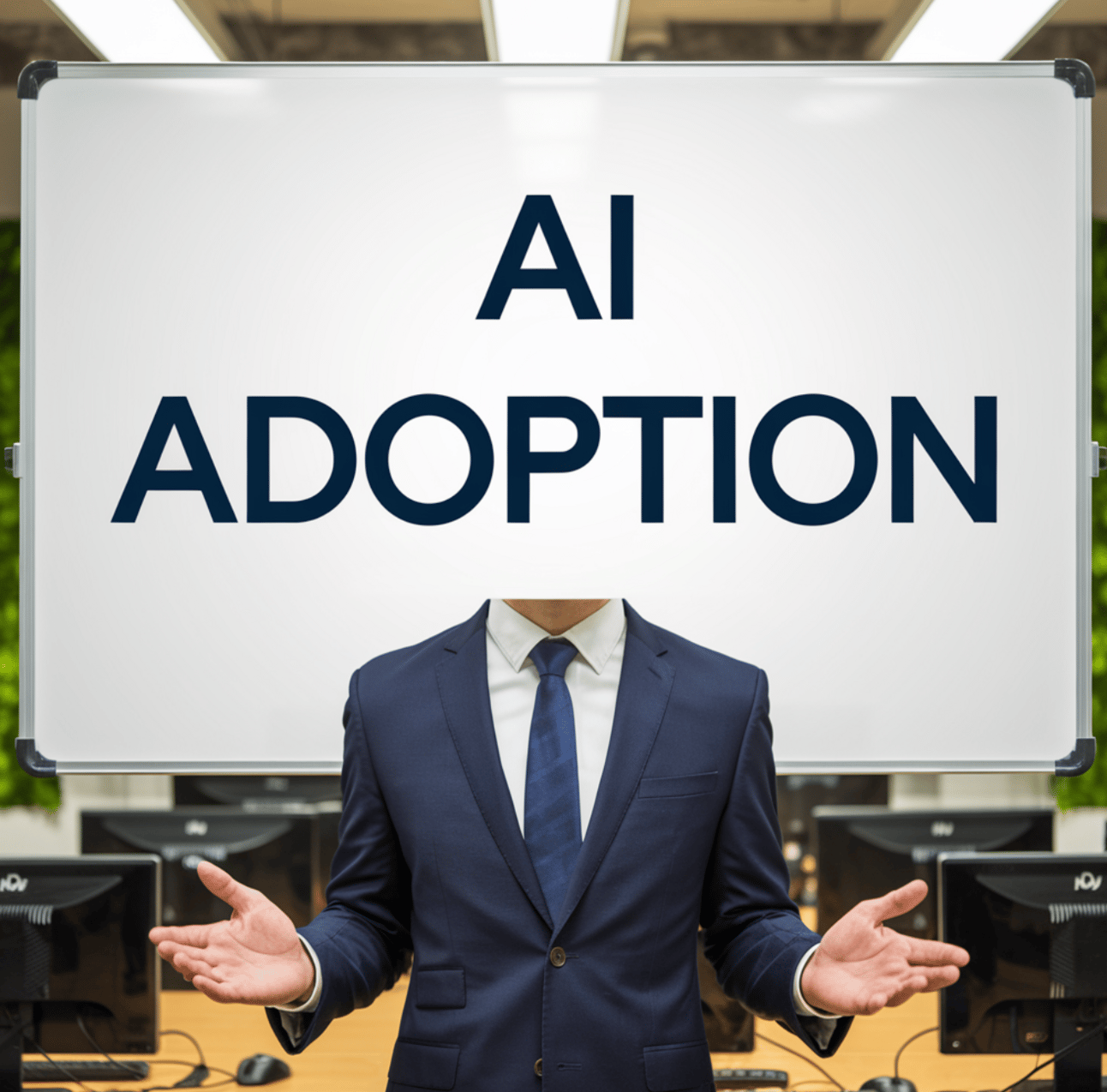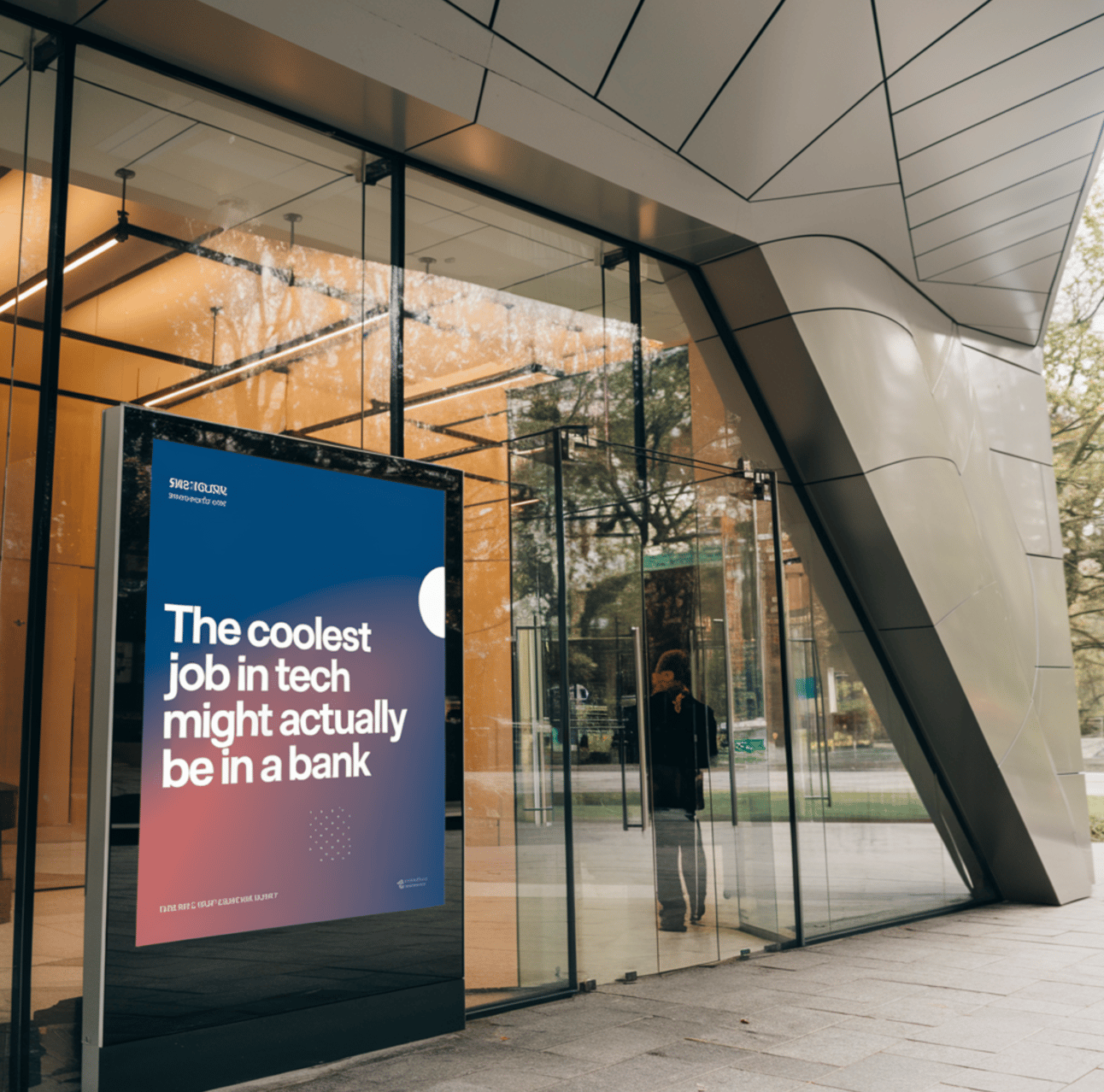Welcome to AI Street. I'm Matt, and here’s the latest on AI + Wall Street.
COMING SOON
Practical Tips on AI + Investing: Sunday Edition
In January, I'm launching a Sunday edition featuring hands-on tips for using AI in market analysis. Keep an eye out for an opt-in invitation in the coming weeks.
Please take a moment to answer the poll below:
What topics do you want to see in the AI Street Sunday edition?
AI INVESTING
Hiding in Fine Print

Made with Ideogram
Just like companies bury bad news with a Friday-before-a-holiday-regulatory filing, they try to hide bad performance deeper into their annual reports, according to new research from Chicago Booth.
Using large language models, researchers found that instead of discussing company metrics in order of importance, they’ll dump bad news later in the MD&A section where they have more discretion, especially when they:
Have negative sentiment news to deliver
Face more intense competition
Report lower profitability
Have higher earnings volatility
The authors developed a measure called "Information Positioning" which scores how forthcoming companies are with their information. Large, mature firms tend to place important information up-front more consistently, while companies that report losses, have lower profitability, higher earnings volatility, or negative sentiment tend to have lower information positioning scores.
This is just one of the findings of the new paper, called Learning Fundamentals from Text, from the University of Chicago’s Alex Kim, Maximilian Muhn, Valeri V. Nikolaev and Yijing Zhang.
Here’s how they did it:
They took every electronic 10K available, removed figures/tables, and converted 20 million paragraphs into vectors. And instead of learning relationships between words like traditional LLMs, the study treated whole paragraphs as basic units.
They then examined stock returns 1 day before and 30 days after filing the annual reports. If returns were positive, it was labeled one, and if negative, zero.
The academics then used an “attention mechanism” – the type of transformer technology that’s behind generative AI – to figure out what paragraphs investors seemed to care about.
Like when you read this sentence: “If returns were positive, it was labeled one, and if negative, zero.” When you read this, your brain likely didn’t give equal "attention" to each word. You probably focused more on key words like "returns, "positive," "negative," "one" and "zero" because they carry the most important information.
Now imagine an LLM doing this – like a reader skimming a document – for 20 million paragraphs. It eventually starts to see patterns.
Portfolios built using the attention-based model had a Sharpe ratio of 1.56, meaning they delivered substantially better returns for the amount of risk taken compared to portfolios using a basic logit model, which had a Sharpe ratio of 1.08.
Here are the most Important 10-K Sections per the research:
Item 7 - Management's Discussion & Analysis (MD&A)
Item 8 - Financial Statements and Notes
Item 1 - Business Description
Item 1A - Risk Factors
And the least important sections:
Item 13 - Relations and Transactions
Item 12 - Security Ownership
Item 10 - Directors and Governance
Item 9B - Other Information
Another interesting finding: investors aren’t that interested in ESG.
While ESG and corporate governance have received a lot of media attention, the topics are not typically important to investors, per the study.
Corporate social responsibility-related topics consistently ranked among the least important sections in terms of market reactions. The most important item (MD&A) was found to be almost twice as relevant as Directors and Governance (Item 10) based on their importance scores.
The main takeaway? From co-author Alex Kim:
“Not all paragraphs are the same. Focusing on more important ones will facilitate [investor] information processing.”
INVESTING
ChatGPT Portfolio Outperforming S&P 500
What started as an investing experiment last year on Twitter/ X is now an investable trading strategy.
Brian Schardt, CEO of investment platform Autopilot, turned Professor Lopez-Lira's viral research on ChatGPT stock predictions — downloaded nearly 70,000 times — into an actual portfolio.
The company teamed up with Lopez-Lira to create GPT Portfolio (Check out the white paper.) The AI-driven investment strategy uses ChatGPT to select and manage 15 monthly-rebalanced assets (10 stocks and 5 sector ETFs), scoring investments based on current market data, news, and financial metrics.
Autopilot, which has more than $300 million in regulatory assets, creates portfolios that mirror trades of public figures. One of the most followed on social media is the Nancy Pelosi tracker.
“The portfolio is designed in such a way that volatility will not be huge since it's 10 individual assets stocks and five ETFs,” Lopez-Lira tells me. “People are betting on the idea of AI and participating in the social experience of one of the first portfolios to be managed by AI in some sense.”
Results: Portfolio GPT is up ~32% year-to-date, beating the S&P 500's ~28% return. The strategy has attracted $11.3 million so far.
Notably, clients pay a flat monthly fee rather than the traditional percentage of assets. More on this fee model in future editions. Have thoughts on flat fees? Reply to this email.
(ACTUAL) AI ADOPTION
Expert Insights: BlueFlame CEO on Hedge Fund/ PE Use Cases

Made with Ideogram
I know there have been quite a few surveys out there about AI adoption accelerating in financial services — like this recent one — but anecdotally I keep hearing that adoption is moving pretty slow.
The issue I think is expectations.
Right now, AI is automating a lot of white collar manual labor: summarizing reports, transcribing meeting notes, and consolidating data.
It’s not the flashy, Minority-Report-style use cases many imagined, where AI watches a CNBC segment, notices the CEO blinking too much, and starts selling.
I recently caught up with Raj Bakhru, CEO of BlueFlame AI, a generative AI platform for alternative investment managers, for his perspective on how quickly private equity firms and hedge funds are adopting the tech.
According to Raj: Most financial firms are taking a cautious approach—starting with small pilot programs of 10 to 20 users focused on specific use cases. Few are going all in.
Summarizing Research Reports
In the hedge fund world, the biggest and most valuable savings come from aggregating all their research:
Emails with broker reports
Market analyses
Other research documents
Digging through private credit documents
Private credit firms are using AI to tackle complex documents like credit agreements and CLOs.
“There are tons of ways that private credit firms are using tools like ours for analysis of credit agreements for CLOs,” Raj told me. “CLOs, for example, are 500 pages of legal content. Investment professionals typically search for maybe 50 key terms. It saves a huge amount of time.”
On AI Interviewing Experts
A more transformative use case may be a few years out: AI handling expert network calls.
“I've been thinking a lot about how do we get to a world where AI is running the expert network call itself. When you think about that research process, you have two or three analysts having to hop on a call, you can only do a certain number of calls when you're bound by your own time. But a bot could run 10 times the number of calls (with an analyst jumping in for follow-ups.) And the amount of research data that can generate, that would be valuable. I think we're only probably 18 months away.”
Q&A
Recent Interviews with Leading AI + Finance Experts
USC's Matthew Shaffer on using ChatGPT to estimate “core earnings.”
Moody’s Sergio Gago on scaling AI at the enterprise level.
Ravenpack | Bigdata.com’s Aakarsh Ramchandani on AI and NLPs
PhD candidate Alex Kim on executive tone in earnings calls
MDOTM’s Peter Zangari, PhD, on AI For Portfolio Management
Back next week with a new interview!
MORE AI + FINANCE NEWS
Why the Coolest Job in Tech Might Actually Be in a Bank
For tech and AI talent, jobs at financial services companies are more desirable than they have ever been. Banks have been working hard to make it happen. (WSJ)

Citi Rolls out AI Productivity Tools
Citigroup began rolling out AI productivity tools to about 140,000 employees last week. (Reuters)
Broadridge Rolls Out AI-Powered Algo-Trading Tool
The AI technology looks at individual securities and determines the best path for a trader to take at the time the order is being placed, based on current and historical trading data. (Bloomberg)
Trump’s Crypto-AI Czar Sacks Is Longtime Critic of Tech Regulation
David Sacks, the VC and staunch Trump supporter, hasn’t been a key player in either crypto or AI until now. (Bloomberg)
House to Release 'Very Detailed' AI Policy Plans, Obernolte Says
The “very detailed” report, which could come as early as this week, spans more than 250 pages and offers key principles, findings on major policy areas, the California Republican said in an exclusive Bloomberg Government interview. (Bloomberg Government)
SEC Warns Companies Against 'Boilerplate' Disclosures on AI
Publicly traded companies should avoid making “boilerplate” AI-related statements to investors in the 2025 reporting season, a US Securities and Exchange Commission official said this week. (Bloomberg Tax)

